- Gibson Guitar & Marshall Amps
- PRS & Mesa/Boogie
- Fender & Fender
- Gretsch & Vox
- Fender & Marshall
- Jackson/ESP guitars and EVH 5150/Peavey 6505 amps
- Gibson Guitars & Orange Amps
Let’s face it, we’re utterly spoiled by the number of guitars and amps out there today. With more brands in the market than ever before, it has never been easier for guitar players to experiment with different gear to sculpt their personal sound. While that’s all part of the fun, sometimes it’s best to take inspiration from some of the best, tried-and-tested combinations.
Here are seven great guitar and amp pairings to help you find a great guitar tone from the get-go. Heard on some of the most famous songs and albums ever made, you can feel assured that these combinations truly sound stunning.
Gibson Guitar & Marshall Amps

Gibson guitars and Marshall amplifiers go together like wine and cheese – they naturally bring out the best of one another. The thick, rich tone of a humbucker-equipped Gibson guitar matched with the oomph of a saturated-sounding Marshall is the perfect rock partnership. That’s probably why some of the most significant rock guitarists of the last 50 years have landed on this common combo. Slash, Eric Clapton, Angus Young, Jimmy Page… the list goes on!
But why does this pair work so well? It might sound silly, but for today’s guitarists, nostalgia plays a huge part. These household names were in some of the most influential rock bands of all time and that means our ears are more than familiar with the iconic Gibson and Marshall sound. You could call this the benchmark rock guitar tone, for which all others are must live up to.
While a Marshall and Gibson might be an old-school rig nowadays, you’d be surprised by the amount of modern guitarists that gravitate towards this simple setup. Justin and Dan Hawkins of The Darkness are among them, who rely on its hard rock guitar tones. For a long time in his career, Lee Malia of metal titans Bring Me The Horizon plugged his signature Epiphone guitar into Marshall JCM800 for the high gain. He’s now made a move to Jackson but the guitar is still built on the same signature humbucker pickups.
Gibson Guitars
Marshall Amps
PRS & Mesa/Boogie

The ultimate nu-metal/post-grunge guitar rig. If you watched Kerrang or MTV in the early noughties, a PRS guitar could be spotted in almost every music videos. Full stacks of Mesa Boogie amps were lurking somewhere in the background. An all-American affair, the premium PRS/Mesa pairing was used by a raft of guitarists from that era. Mike Einziger (Incubus), Mark Tremonti (Creed), Dan Estrin (Hoobastank), Brad Delson (Linkin Park), to name a few.
The PRS and Mesa Boogie combo is an important one in metal history as it has changed the way that contemporary guitarists and producers approach guitar tone. The fizzy high-gain sound of a Mesa Boogie Rectifier head can be heard on a bunch of rock and metal albums released in recent years, and it set the precedent for what a modern distorted sound should be. That’s why many other amp brands have taken inspiration from that huge, bassy Boogie tone.
The distinctive sonic traits of Mesa Boogie amps have proven to merge well with the sounds of PRS’ powerful, humbucker-equipped Custom 24/22 models. But is the PRS and Mesa Boogie combo exclusive to heavy players? No, definitely not! Legendary Latin rock guitarist Carlos Santana is the earliest cham of this well-known guitar and amp combination. He has used his signature PRS guitars with a Mesa Boogie Mark I amplifier since the late ‘80s, helping him to achieve his warm singing guitar tones.
PRS Guitars
Mesa Boogie
Fender & Fender
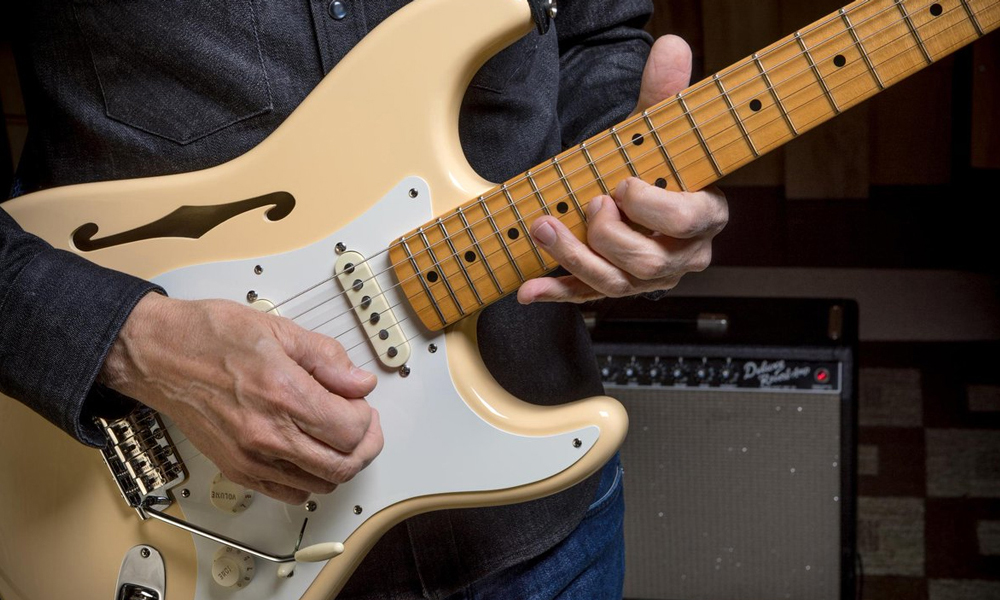
Fender is as famous for its amplifiers as it is for its electric guitars. Well, the latter might have a slight edge when it comes to recognition. But fame aside, Fender’s guitars and amps are practically designed to work seamlessly with one another. I mean, why wouldn’t they be? The unmistakable all-Fender rig has been used by a countless amount of players ever since the ’50s. Some of the most legendary names include Stevie Ray Vaughan, Eric Johnson and Dick Dale.
The Fender guitar/amp combination is one of the most frequently recorded in pop and rock music. There are many reasons as to why it works so well, and it’s also quite easy to distinguish from a sonic perspective. Simply put, the thin and articulate sound of Fender’s single-coil-loaded guitars lends itself well to the high-headroom qualities of their amps. As most Fender amplifiers feature 6L6 or 6V6 power tubes, they can be cranked without encountering excessive break-up. This means that they remain clean at high volumes and thus project a broad frequency response with plenty of dynamic range.
Fender Guitars
Fender Amps



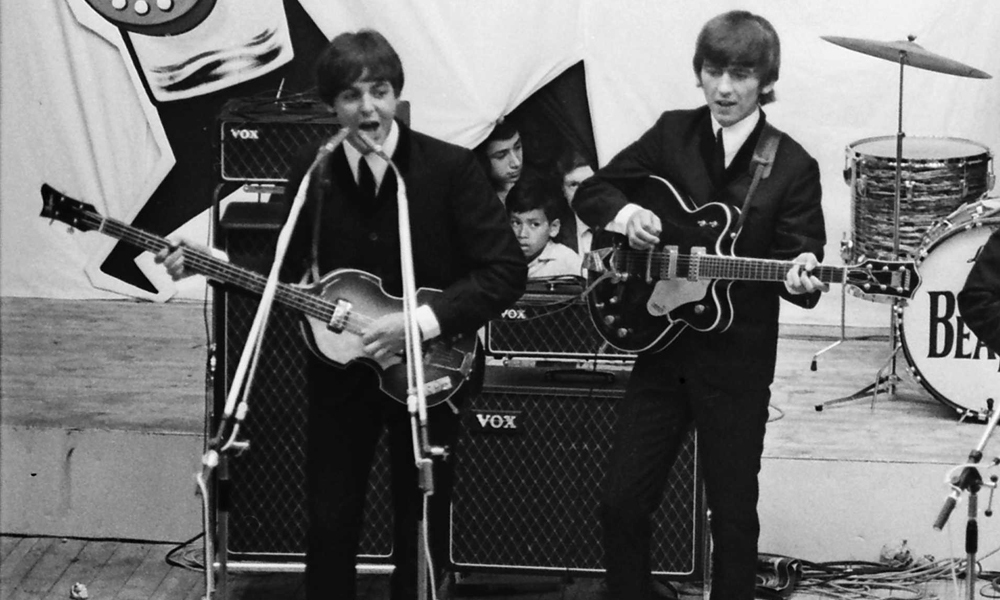

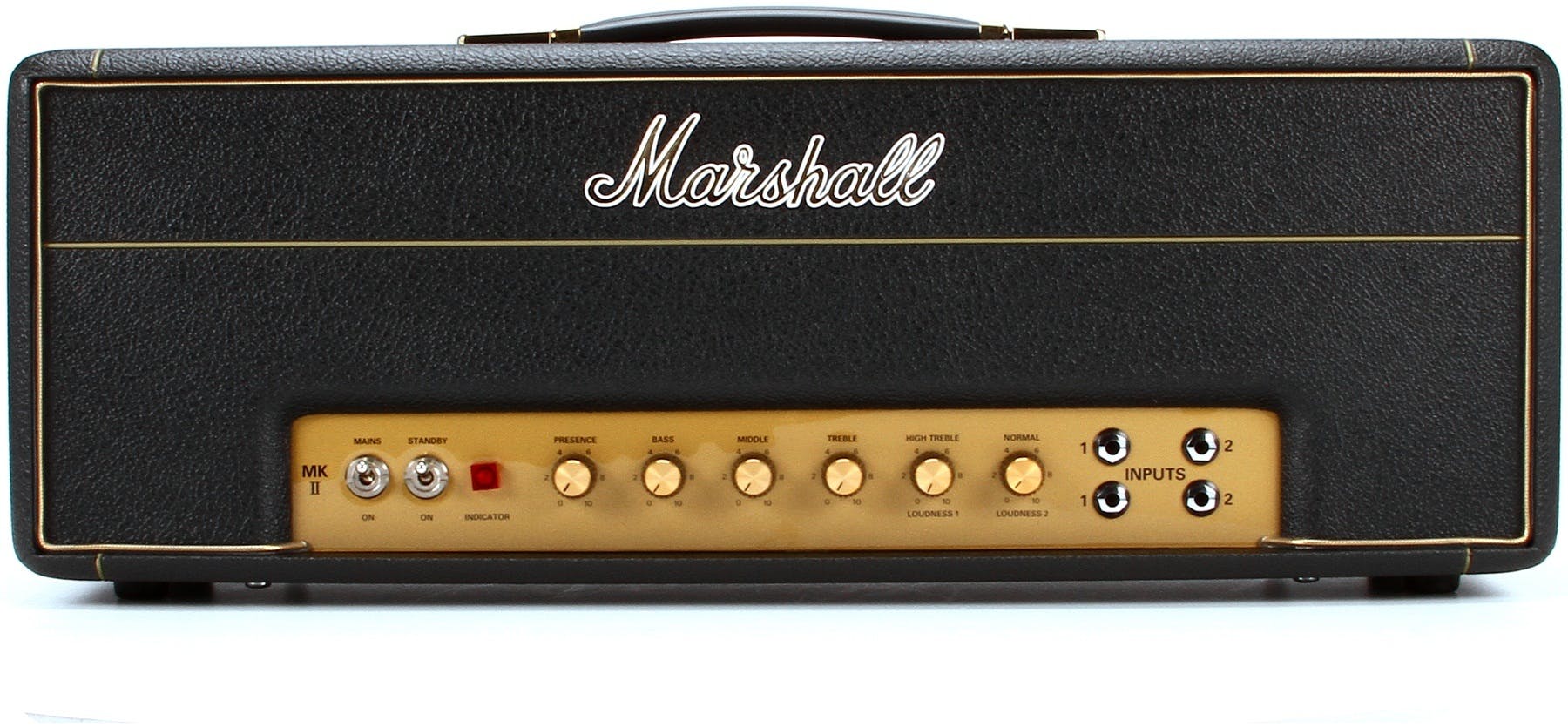
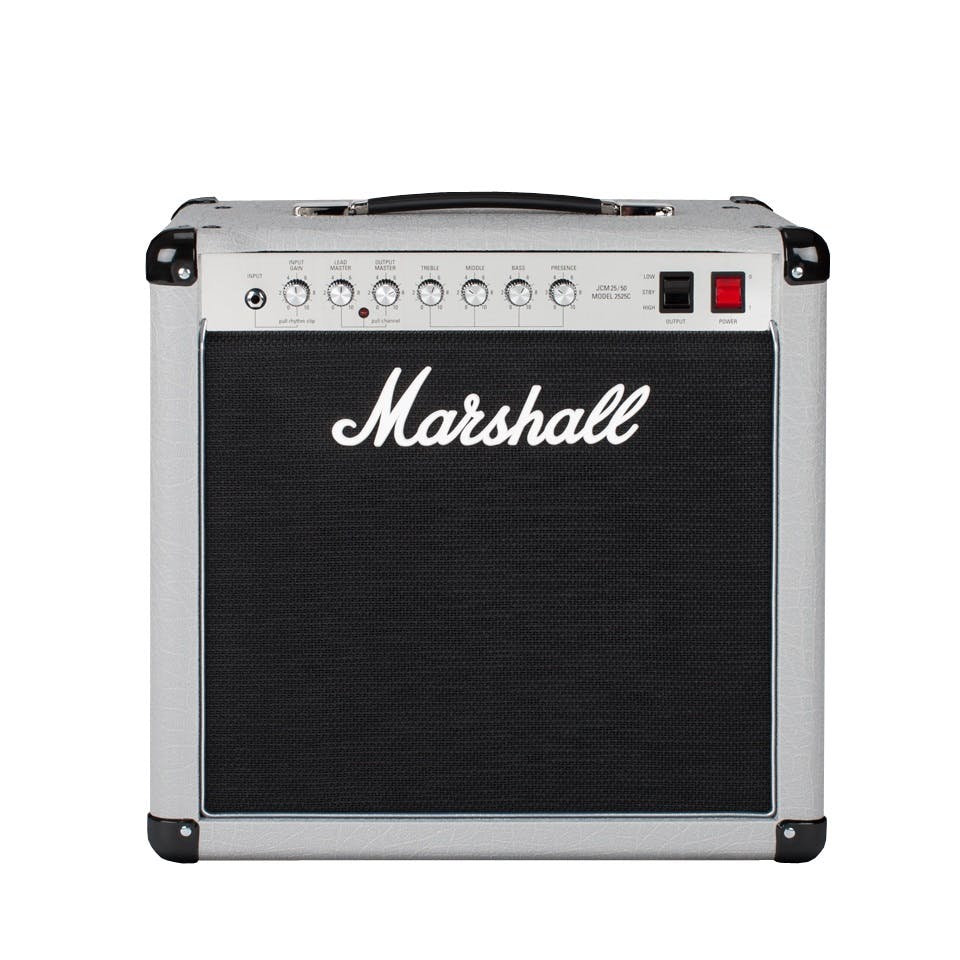
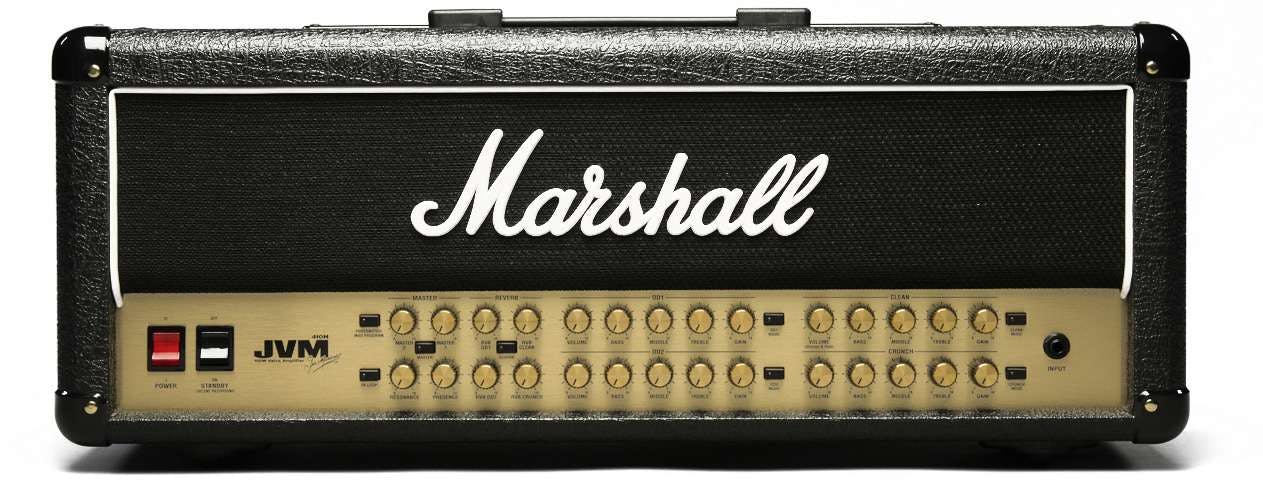
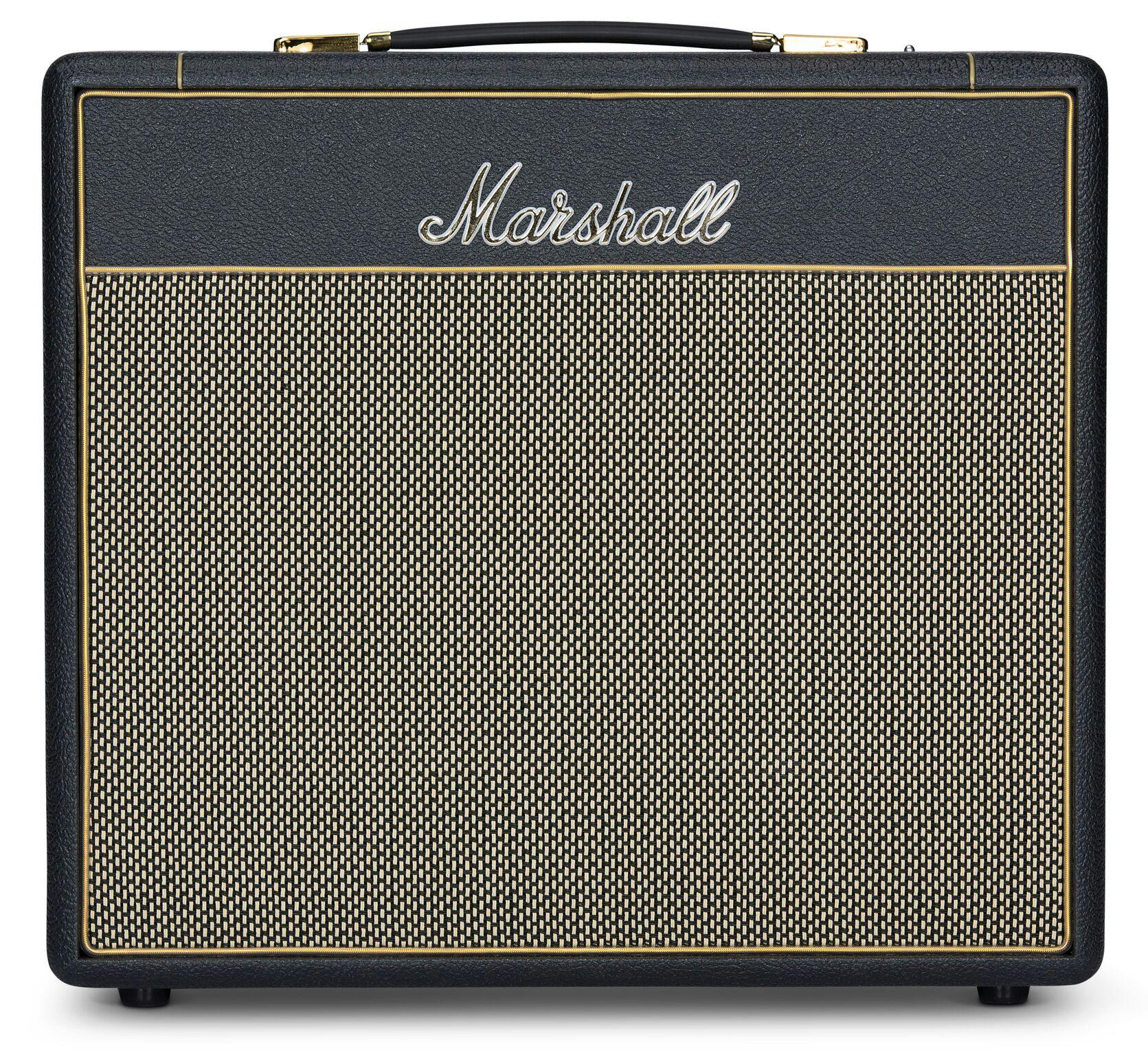
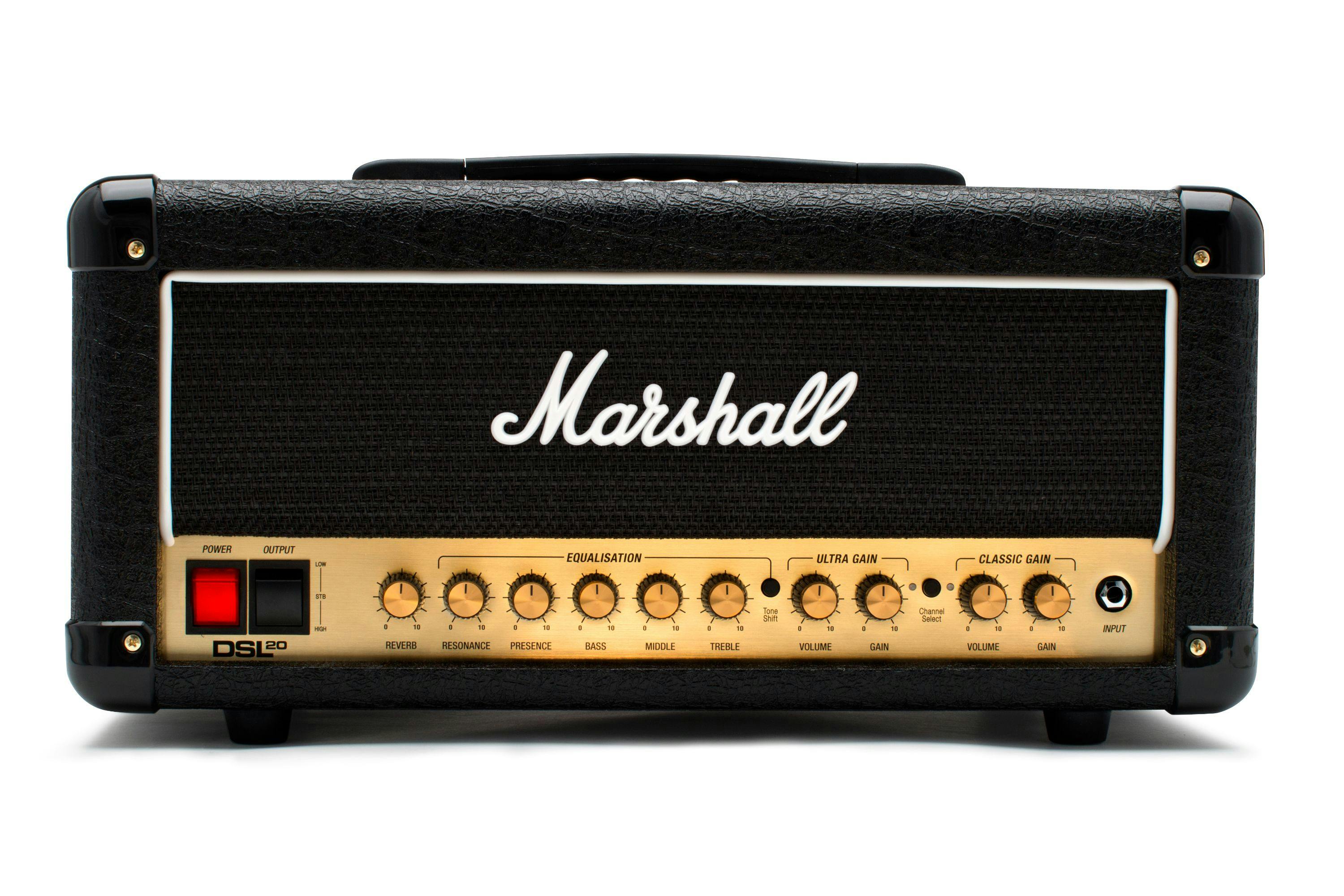
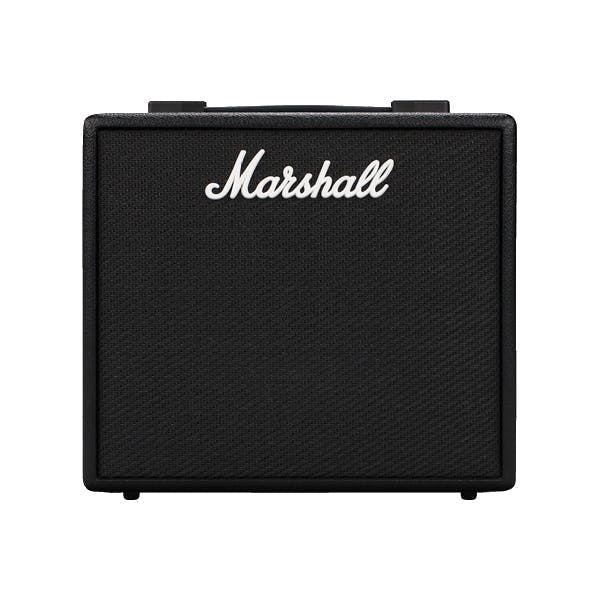

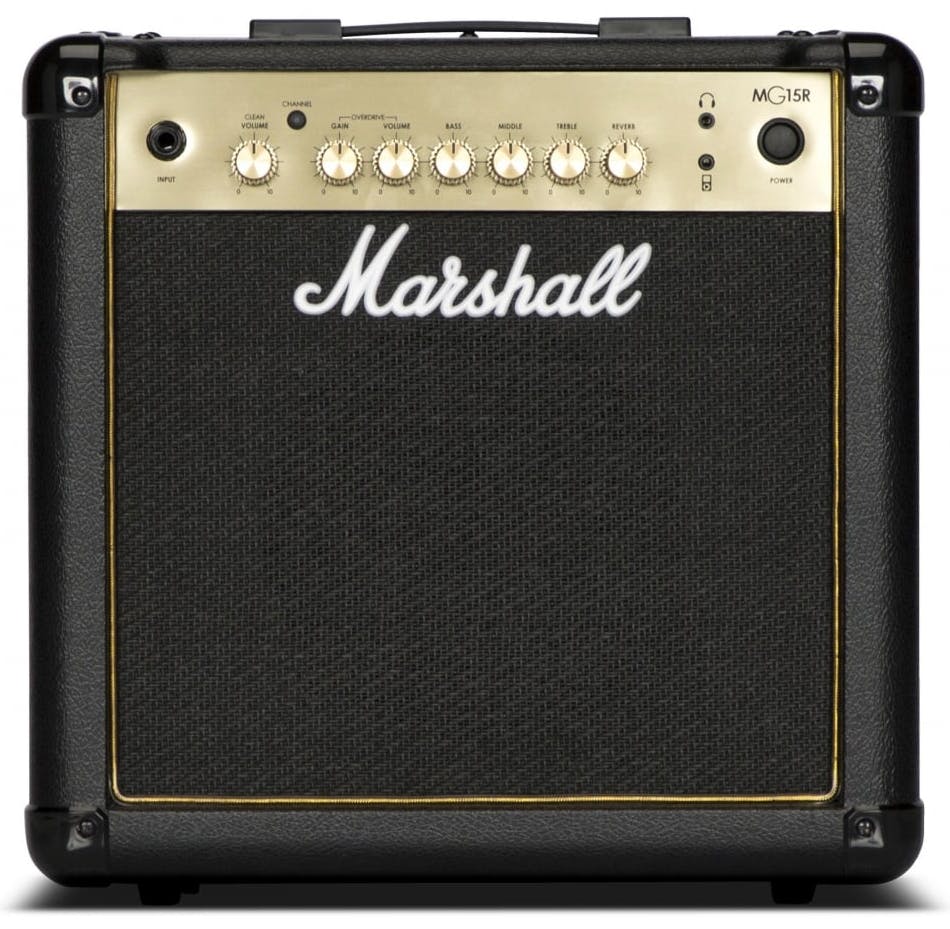
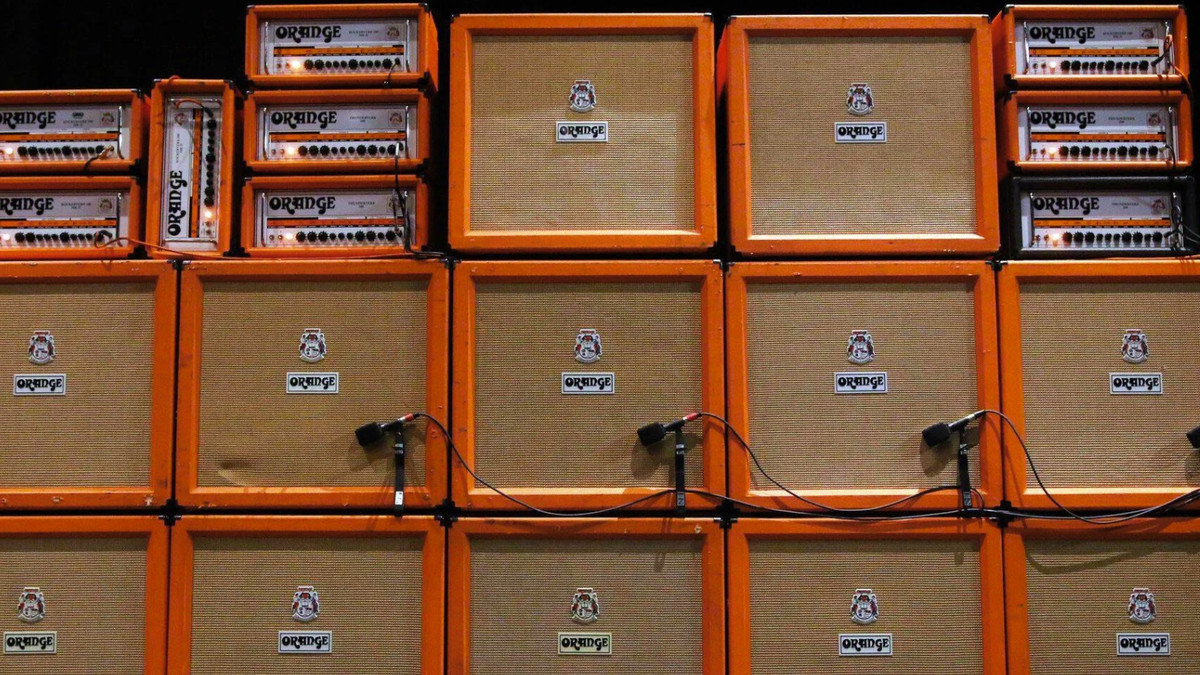
Responses & Questions